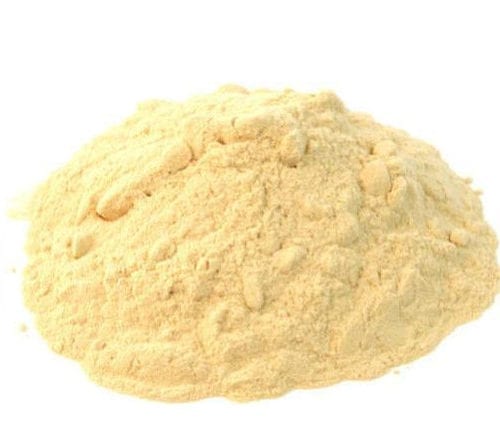Introduction
When choosing food products in a store and the appearance of the product, it is necessary to pay attention to information about the manufacturer, the composition of the product, nutritional value, and other data indicated on the packaging, which is also important for the consumer.
Reading the product’s composition on the packaging, you can learn a lot about what we eat.
Proper nutrition is constant work on yourself. If you really want to eat only healthy food, it will take not only willpower but also knowledge – at the very least, you should learn how to read labels and understand the meanings.
Composition and calorie content
| Nutritional value | Content(per 100 grams) |
| Calorie | 385 kcal |
| Proteins | 36.5 g |
| Fats | 18.6 g |
| Carbohydrates | 17.9 g |
| Water | 9 grams |
| Fiber | 13.3 gr |
Vitamins:
| Vitamins | Chemical name | Content in 100 grams | The percentage of the daily requirement |
| Vitamin A | retinol equivalent | 11 mcg | 1% |
| Vitamin B1 | thiamine | 0.7 mg | 47% |
| Vitamin B2 | Riboflavin | 0.2 mg | 11% |
| Vitamin C | ascorbic acid | 0 mg | 0% |
| Vitamin E | tocopherol | 2.5 mg | 25% |
| Vitamin B3 (PP) | Niacin | 9.8 mg | 49% |
Mineral content:
| Minerals | Content in 100 grams | The percentage of the daily requirement |
| Potassium | 1600 mg | 64% |
| Calcium | 217 mg | 22% |
| Magnesium | 200 mg | 50% |
| Phosphorus | 600 mg | 60% |
| Sodium | 5 mg | 0% |
| Iron | 9 mg | 64% |
Back to the list of All Products – >>>
Conclusion
Thus, the product’s usefulness depends on its classification and your need for additional ingredients and components. To not get lost in the limitless world of labeling, do not forget that our diet should be based on fresh and unprocessed foods such as vegetables, fruits, herbs, berries, cereals, legumes, the composition of which does not need to be learned. So add more fresh food to your diet.










